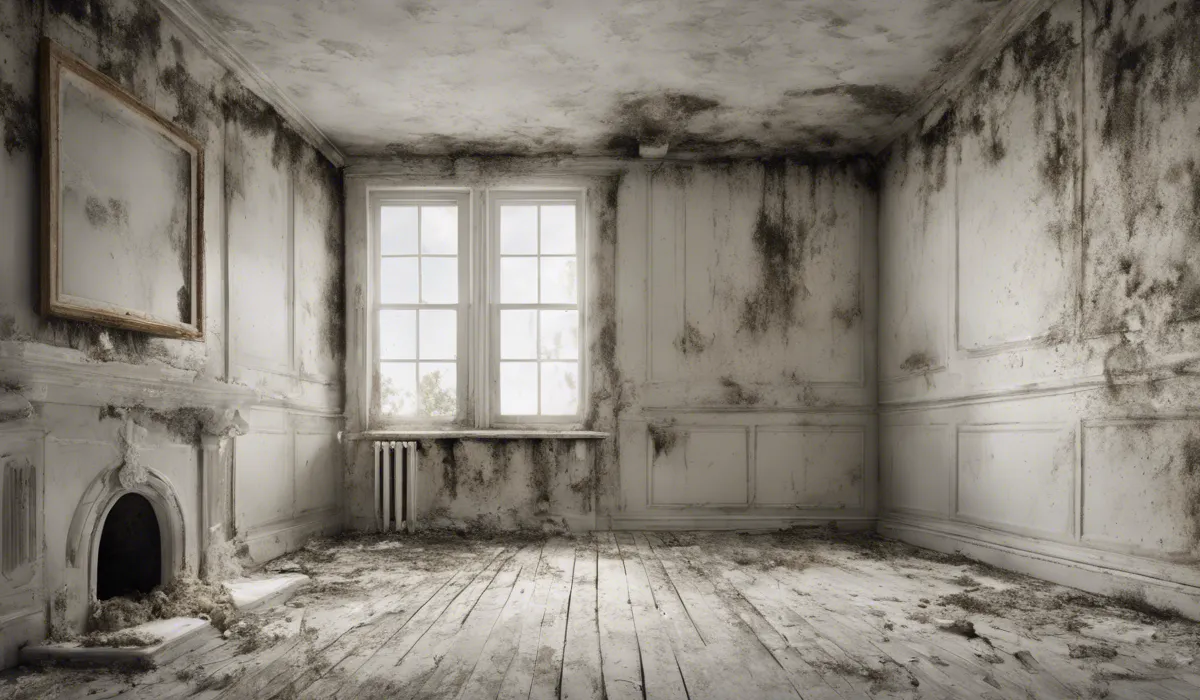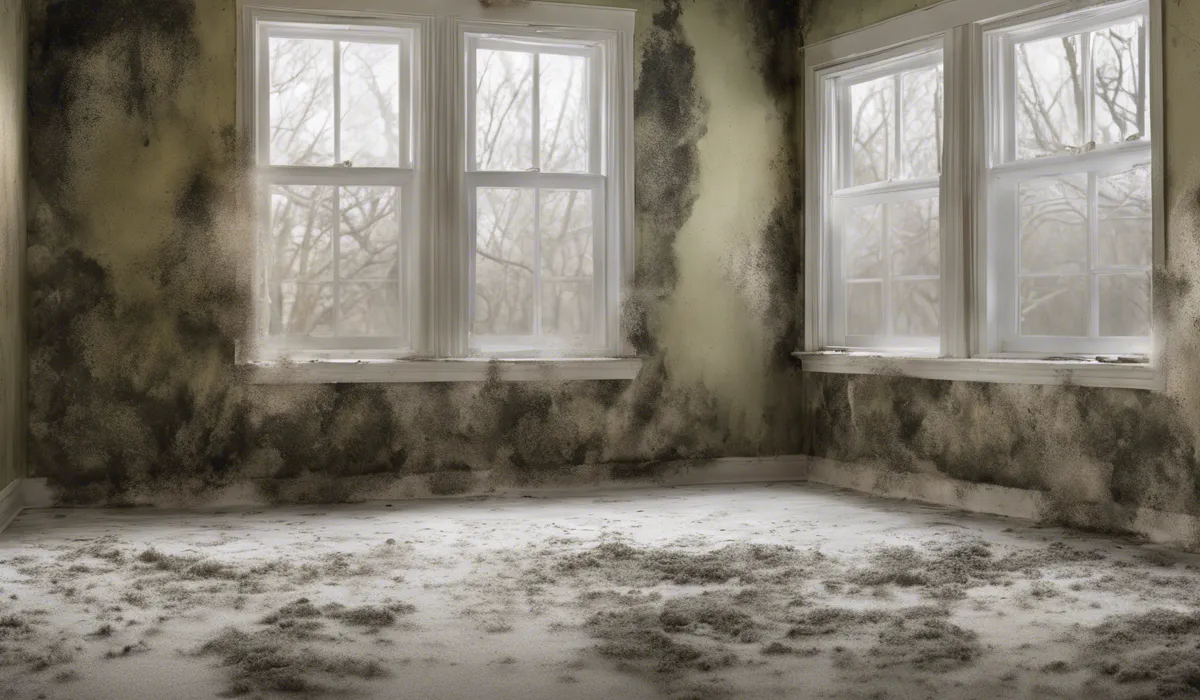To find mold in your house, check damp areas like bathrooms, basements, around windows, and under sinks. Use your nose; a musty smell often indicates mold presence. Look for discoloration or fuzzy growth on surfaces, especially in poorly ventilated spaces.
Detecting Mold by Sight

Inspecting Common Areas Where Mold Thrives
Mold loves damp, dark, and warm places. To find mold in your house, start by looking in the usual suspects: bathrooms and kitchens.
Check around your sinks, showers, and behind appliances where water might leak or condense. Do not forget basements and crawlspaces, which can be breeding grounds for mold due to higher humidity levels.
Look at walls, floors, and personal items stored there for any signs of mold. Pay attention to windowsills and door frames too, as these areas can trap moisture, leading to mold growth.
Finally, inspect your air ducts and HVAC system, as these can spread mold spores throughout your home if they become contaminated.
Identifying Mold Through Discoloration and Growth Patterns
Mold comes in various colors and textures. Keep an eye out for any black, green, white, or orange spots that seem out of place.
These discolorations can often signal mold presence. Sometimes, mold has a fuzzy or slimy texture, making it easier to spot.
Look for irregular patterns or spots where the growth seems to radiate outwards, as this is a typical characteristic of mold colonies expanding their territory.
Understanding the Difference Between Mold and Mildew
It’s important to distinguish between mold and mildew, as they require different approaches for removal. Mold is typically darker and appears in irregular patches.
It can penetrate surfaces, causing significant damage over time. Mildew, on the other hand, is usually lighter in color and grows in flat patterns.
It remains on the surface, making it easier to clean. Recognizing whether you have mold or mildew can save you time and effort in the long run.
Using Your Sense of Smell to Locate Mold

Describing the Musty, Earthy Odor of Mold
One of the first signs of mold can be its smell. Mold emits a distinct musty, earthy odor that is hard to ignore.
This smell is often associated with damp basements but can be present anywhere mold grows.
If you notice this distinctive odor, it’s a strong indicator that mold is nearby, even if it’s not immediately visible.
Investigating Areas Where the Smell is Strongest
When you detect a musty smell, try to locate where it’s strongest. This tactic can lead you to the source of the mold.
It might be behind furniture, in closets, or even within your walls. The intensity of the smell can give you clues about the extent of the mold problem.
A stronger odor typically means a larger mold infestation.
Tips for Sniffing Out Hidden Mold in Walls and Insulation
If you suspect mold is lurking in your walls or insulation, but you can’t see it, use your sense of smell to guide you.
Pay close attention to areas where pipes run through walls or where there has been water damage in the past.
Smell around electrical outlets and switch plates that can provide access to the space within walls. If you detect the musty odor coming from these spots, it could indicate hidden mold growth.
Professional Mold Inspection and Testing

When to Call in a Professional Mold Inspector?
If you’ve seen signs of mold or can’t seem to locate the source of a musty smell, it might be time to call in a professional.
This is especially important if you have health concerns or if the mold covers a large area. A professional mold inspector has the tools and expertise to assess the situation accurately and provide solutions to keep your home safe.
Types of Mold Tests
There are several types of mold tests that professionals might use. Air sampling tests the concentration of mold spores in the indoor air.
Surface sampling tests for mold on various surfaces around your home. Bulk sampling involves taking materials from the home to test for mold.
Each type of test can provide valuable information about your mold problem.
Interpreting the Results of a Professional Mold Assessment
Understanding the results of a professional mold assessment is crucial for effective remediation.
The types of mold present, the extent of the growth, and the recommended steps for removal are all key pieces of information that will help you make informed decisions about how to proceed with addressing the mold issue.
Importance of Addressing the Underlying Cause of Mold Growth
Finally, it’s not enough to just remove the mold; you must also fix the underlying issue that allowed the mold to grow in the first place.
This could be a leak, poor ventilation, or high humidity levels. Addressing the root cause is essential to prevent mold from coming back and to maintain a healthy living environment.
FAQs About Finding Mold in House
How can I tell if there’s mold in my bathroom?
Inspect damp areas for discoloration or fuzzy growth and note any musty smells, which are common indicators of mold.
What signs should I look for to detect mold in my basement?
Check for any visible discoloration on walls or surfaces, sniff for musty odors, and look for any surface irregularities or fuzzy textures.
Is mold visible around windows?
Mold can often be spotted as discoloration or growth around window sills, especially if they are prone to condensation and are not well-ventilated.
How do I check for mold under my kitchen sink?
Examine the area for any signs of water damage, discoloration, or mold growth, particularly on wooden surfaces or near plumbing fixtures.
What are common indicators of mold in poorly ventilated spaces?
A musty smell and the presence of discoloration or mold growth on walls or other surfaces are common indicators in such areas.
Final Thoughts
Discovering mold in your home involves inspecting moist areas such as bathrooms and basements, as well as around windows and sinks.
Trust your sense of smell for musty odors that signal mold. Visible signs include discoloration and fuzzy growths, particularly in areas with limited airflow.
